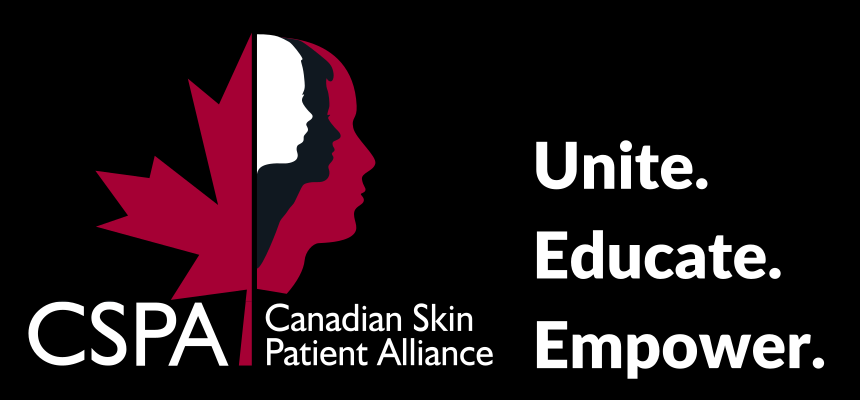Diagnosis and Treatment
Most nail disorders are diagnosed by a doctor through visual examination. In the case of paronychia, laboratory tests may be, but are rarely, required. In the case of onychomycosis, diagnosis is important, as other nail problems can look similar. Analysis is by microscopic examination or culture of the fungus.
Treatment varies depending on the type of nail disorder.
Onychomycosis
Fungal infections can be difficult to cure, and treatment depends on the severity of the symptoms. Some infections will respond to topical antifungal creams, lotions, gels or nail lacquers. However, most fungal nail infections require treatment with oral antifungal drugs (for example, itraconazole, terbinafine or fluconazole). These drugs may improve the condition and completely cure it; however, the infection often recurs when the drugs are discontinued. In some cases, part of the infected nail may need to be removed to allow direct application of a topical antifungal. This treatment is generally effective only in cases where the infection is superficial. The nail will grow back unless the bed is severly injured. Chronic pain may require permanent removal of the nail. Recently laser therapy has been reported as useful in the treatment of onychomycosis, and currently studies are being done to confirm the exact effectiveness of this therapy
Paronychia
Hot compresses and warm soaks can relieve pain and often drain pus. Sometimes, a doctor will make a small cut into the pocket of infection (abscess) to drain it more quickly and then apply an antiseptic. Nail plate removal may be required if the abscess is under a raised nail. If the doctor suspects the infection is spreading or the condition is caused by a fungus, then she or he may prescribe oral antibiotics.
Ingrown nails
If not severe, the foot may be soaked in warm salt or soapy water followed by placement of dry cotton under the corner of the nail. More severe cases require professional removal of ingrown sides and treatment of any infection, as self-treatment could lead to serious infection, particularly if the toe is sore or an open wound is present. A doctor will usually numb the area with anaesthetic and then remove the ingrown section of the nail. The ingrown nail usually doesn’t recur. Chronic cases require professional removal of ingrown nail and its root by chemical, laser or other methods.
*All information on medical treatments on this site is provided as an overview only. For a complete and up-to-date list of side effects, warnings and precautions, read the product’s package insert and consult your doctor or a pharmacist.
**If you are considering an alternative or complementary therapy, discuss it with your doctor first, and always be sure to keep your doctor up to date about any vitamins, supplements, or other forms of alternative treatment you are taking. Like any medication, alternative therapies can interact with other medications/treatments and, in some cases, have side effects of their own. Remember that “natural” does not necessarily mean “safe.”











